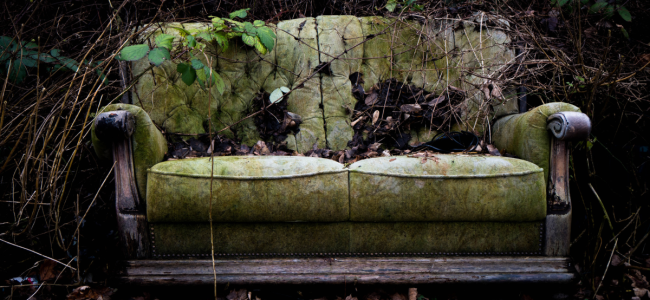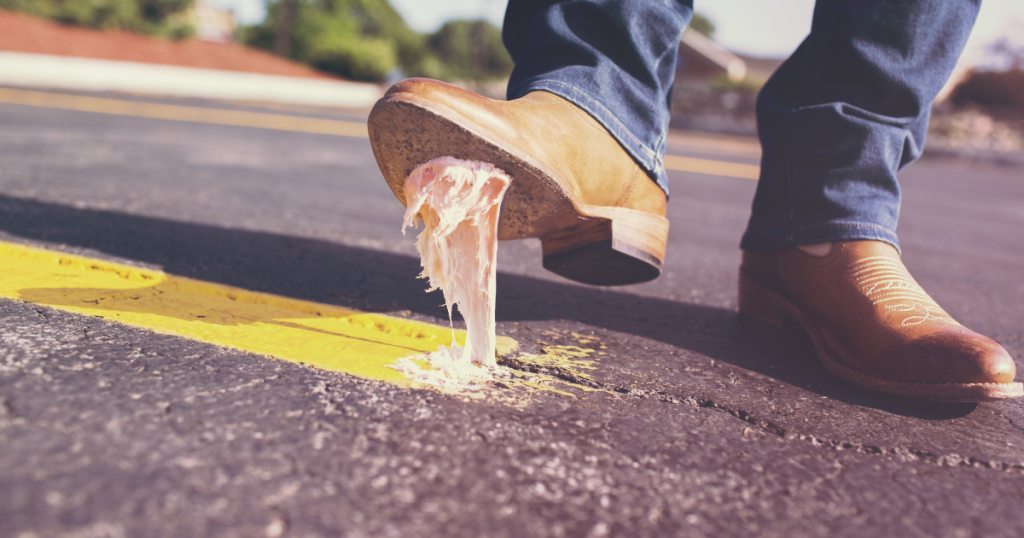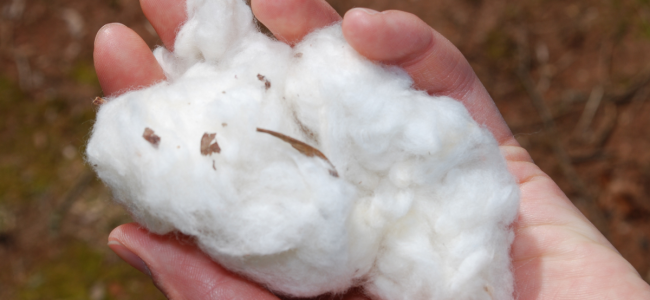

Every homeowner encounters the same dilemma at some point: what to do with an old sofa? Whether you’re downsizing, remodeling, or just upgrading, getting rid of a used sofa might be a chore. You might be tempted to simply toss it in the trash and be done with it, but think about the environmental impact first. Every year, millions of tons of abandoned sofas and other home objects wind up in landfills, creating a huge problem.
Fortunately, there are sustainable sofa solutions that allow you to dispose of your old couch responsibly. We’ll look at several eco-friendly choices for donating, recycling, and reusing your old sofa in this post.
Donate Your Sofa to a Non-Profit Organization
Donating an old sofa to a non-profit organization is one of the most effective methods to get rid of it. Several organizations and community groups welcome furniture donations and will take up your old couch for free. This not only keeps your sofa out of the garbage, but it also benefits those in need.
Several non-profits are always in need of furniture, especially for families moving out of homelessness or domestic violence situations. By donating your sofa, you can make a positive impact on someone’s life and feel good about doing your part for the environment.
Recycle Your Sofa
If your old sofa is no longer useful or in good enough shape to give, recycling it is your best alternative. Many municipalities have programs that allow residents to recycle furniture, including sofas. The recycling process involves breaking down the materials of the sofa and reusing them to make new products.
You may be able to drop off your sofa at a local recycling facility or have it picked up by a trash management firm, depending on where you reside. See what alternatives are available in your city or town.
Repurpose Your Sofa
If you’re feeling creative, repurposing your old sofa is another sustainable sofa solution. There are countless ways to transform a used couch into something new and useful. For example, you could take the cushions off and use them as floor pillows or pet beds. You could even cut the cloth and recover a chair or ottoman with it.
You could even remove the sofa and utilize the frame to make a new piece of furniture if you’re adept with a saw and drill. The options are limitless, and reusing your old sofa is an excellent method to decrease trash while saving money on new furniture.
Choose Eco-Friendly Materials for Your New Sofa
Of course, choosing eco-friendly materials for your new sofa is one of the finest methods to assure its sustainability. Look for organic or recycled materials, such as cotton, wool, or bamboo, when purchasing a new couch.
Did you realize that by simply selecting the proper furniture, you may create a difference in the environment? Yep, you read that correctly! You can now choose furniture that is certified by organizations such as the Forest Stewardship Council (FSC) or the Global Organic Textile Standard (GOTS). These organizations certify that the products are sustainably sourced and produced.
By investing in high-quality, eco-friendly furniture, such as a couch, you not only get to enjoy your new piece of furniture, but you also reduce your environmental effect. It’s a win-win situation for everyone!
So the next time you’re on the hunt for furniture, look for the FSC or GOTS certification. You’ll be making a conscious choice toward a better future for our planet.
Conclusion
Getting rid of an old sofa doesn’t have to be a burden on the environment. By choosing one of these sustainable sofa solutions, you can dispose of your old couch responsibly while making a positive impact on the world around you. You may feel good about doing your part for the environment whether you give your sofa to a non-profit organization, recycle it, or repurpose it into something new.
When shopping for a new sofa, consider purchasing products made from sustainable materials and produced by companies with ethical and environmentally friendly practices. We can work together to create a more sustainable future and make a difference one sofa at a time.
FAQs
What should I do with my old sofa that is still in good shape?
Consider giving your old sofa to a non-profit group if it is still in good condition. Several organizations and community groups welcome furniture donations, and many will even come to your house and take up your old couch for free.
How can I recycle my old sofa?
Check to see whether your city or municipality has any recycling initiatives in place. The method entails disassembling the sofa and repurposing the elements to create new goods.
What if my old sofa is not in good condition and can’t be donated or recycled?
Try transforming your old sofa into something fresh and functional! Repurpose the cushions as floor pillows or pet beds, for example, or cut the fabric and reupholster a chair or ottoman.
How can I ensure that my new sofa is sustainable?
Seek organic or recycled materials, such as cotton, wool, or bamboo. You may also choose furniture that has been certified by organizations like the Forest Stewardship Council (FSC) or the Global Organic Textile Standard (GOTS), which assures that the materials are sourced and manufactured sustainably.
Why is it important to donate, recycle, or repurpose my old sofa?
Millions of tons of abandoned couches and other home objects wind up in landfills each year, making furniture waste a serious issue. You may responsibly dispose of your old couch while helping the environment by choosing sustainable sofa options.



